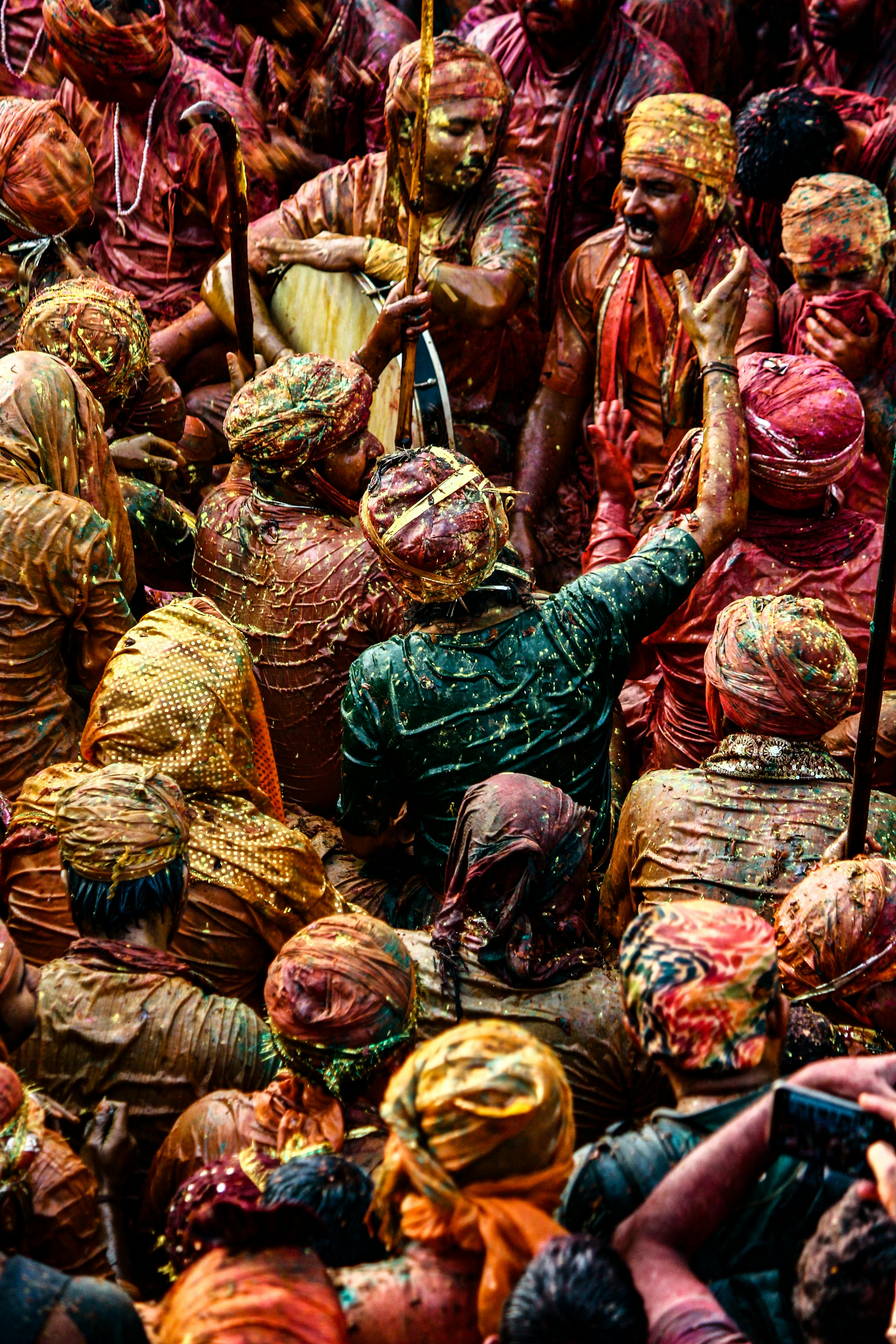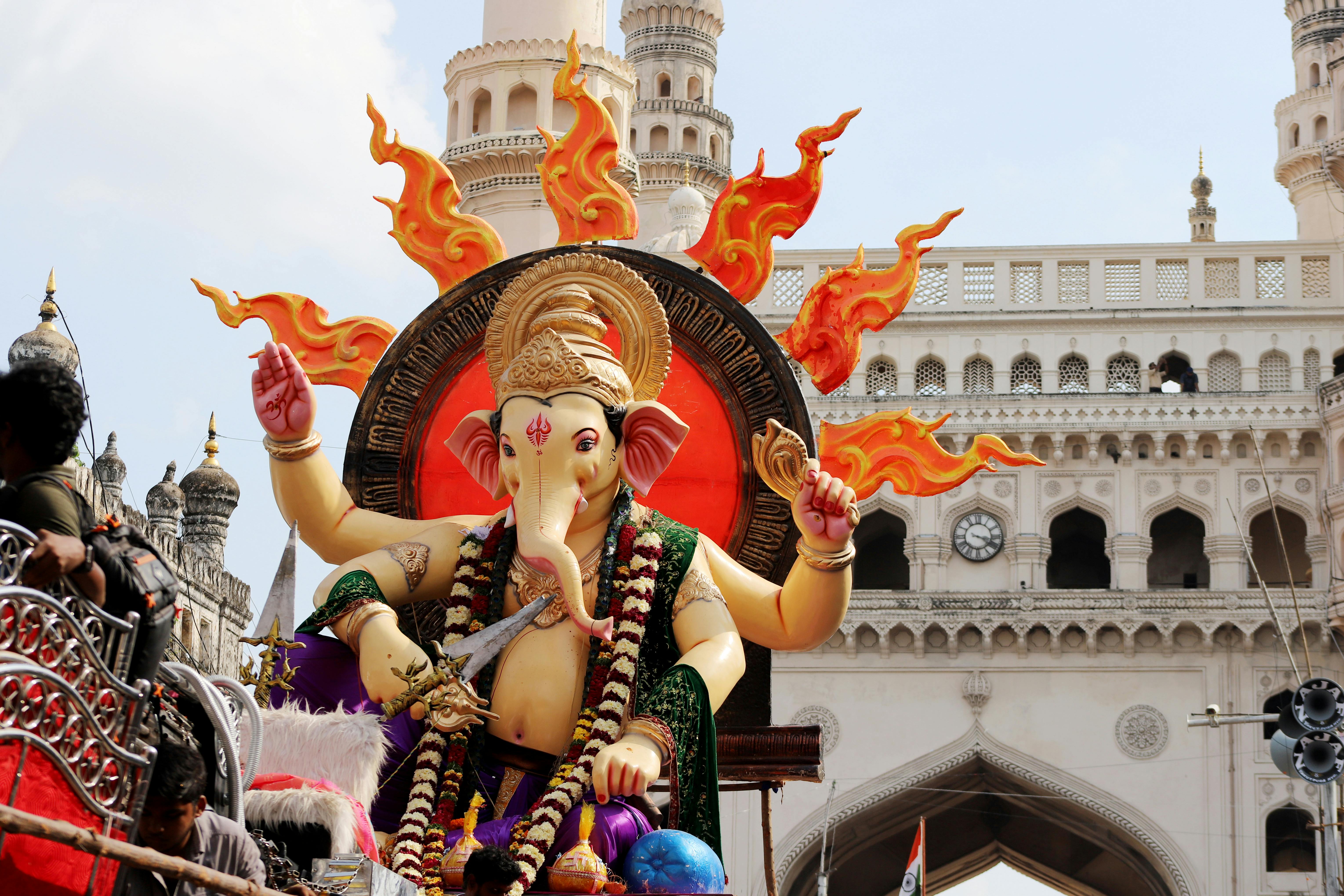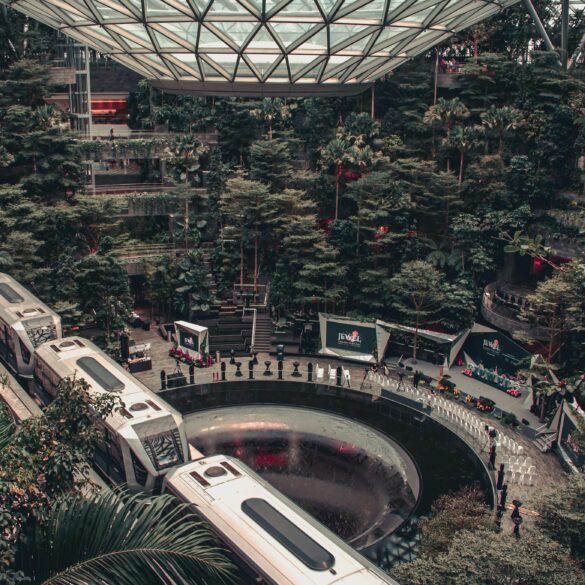India Festival Tourism Strategies: Create Unforgettable Cultural Experiences
India: where chaos turns into celebration, colors flood ancient streets, and music echoes through the air in ways that just don’t happen anywhere else. Festival tourism here isn’t just a marketing buzzword—it’s the backbone of travel’s emotional story, one that spotlighted India as one of the world’s most vibrant cultural destinations.1 And here’s a little admission: I used to think festival tourism was all about crowds and noise (and, well, headache-inducing logistics). But, having spent my fair share of Holis, Diwalis, Durgas, Khumbhs, and Onams—sometimes as an overwhelmed foreigner, sometimes as a local guide—it’s genuinely about connection, transformation, and stories that stick with you for decades.2
This post dives deep into India’s proven festival tourism strategies—the kind that transform cultural events into unforgettable travel experiences. I’ll share what I’ve learned, what the data shows, and yes, what usually unravels behind the scenes. Whether you’re a tourism board official in Thiruvananthapuram, a festival organizer in Kochi, an international traveler planning your first Diwali, or just a curious reader, there’s something here for your next big celebration adventure.
How India Became a Festival Tourism Legend
So, how did India go from being “the land of many religions” to “the world’s festival capital” in travel circles? It didn’t happen overnight—a lot of mistakes, a few brilliant innovations, and one massive realization: festivals unlock what ordinary tourism rarely achieves. In the 1980s, tourism planners focused on monuments and wildlife safaris. But by the mid-90s, it became clear that guests cared more about live experiences than photo-ops.3 I remember government officials complaining about “unsustainable” visitor spikes—at the same time as the global press raved about Holi’s bucket-list appeal.4
Fast forward to 2020, and you’ve got entire travel seasons built around Diwali, Pongal, Durga Puja, and dozens more. Indians themselves now schedule vacations around festival calendars—not just long weekends, but actual pilgrimage circuits and cultural expeditions. International marketers caught on, launching campaigns like “Incredible India: The Land of Festivals.” Funny thing is, sometimes I think travelers understand the festival rhythm better than locals. Talk to anyone who’s been to Goa for Carnival or Pushkar for the camel fair. They’ll tell you—there’s no substitute for being in the heart of the chaos.5
Let’s step back a moment: what makes a festival here truly memorable? Is it the meticulous planning, evocative rituals, or the organic merging of locals and travelers? Sometimes it’s all three. More often, it’s authentic messiness—a last-minute parade detour, a priest stopping to talk to a tourist, a child offering homemade sweets. These micro-moments don’t show up in brochures, but honestly, they become the highlights.
India’s Top Cultural Festivals & What Makes Them Special
No two Indian festivals feel the same—even if you try, you just can’t summarize them with a single travel guide or itinerary. I’ve spent years experiencing these celebrations firsthand, and every time, something surprises me.7 Here are India’s top five festival tourism highlights, and what genuinely sets each apart:
- Holi (March): Known globally as the “Festival of Colors,” Holi isn’t just photographs of powdered faces. In Mathura and Vrindavan, it’s an ancient spiritual ritual marked by religious processions, music, and rice sweets. The chaos is part of the charm.2
- Diwali (October/November): India’s “Festival of Lights” feels like a homecoming for millions—even travelers say the warmth is palpable. I remember sharing sweets with strangers in Jaipur, watching entire street blocks come alive with lanterns.8
- Durga Puja (September/October): Kolkata goes epic during Durga Puja: street art installations, pop-up food stalls, and open-air concerts take over the city.9
- Pushkar Camel Fair (November): If you want color and raw energy, this is it. Camel races, nomadic music jams—plus, Rajasthan’s desert backdrop.10
- Onam (August/September): Kerala’s flower carpets and snake boat races make Onam both spiritual and spectacular. You can actually taste the cultural pride in every meal shared.11
India hosts over 30,000 officially registered religious and cultural festivals every year—making it the world’s festival tourism powerhouse.12
Proven Strategies for Unforgettable Festival Experiences
I’ll be honest, for all the awe-inspiring headlines and Instagram feeds, organizing and sustaining festival tourism in India is a study in both madness and mastery. Having worked alongside event planners during Jaipur’s Literature Festival and witnessed firsthand the bedlam of Kumbh Mela, I learned quickly: strategies must combine careful planning, local sensitivity, and cultural openness.13 Still, I was shocked at how often basic infrastructure is undervalued—one year, I watched city planners forget to account for mobile toilet capacity, triggering a hygiene scramble. On the other hand, festival strategies that focus on authentic local involvement create incredible traveler loyalty.14
-
Community-Led Event Planning
You know what consistently works? Let locals take the lead. Too often, festival “brand managers” impose glossy marketing ideas on top of centuries-old traditions. Successful strategies pivot to inclusivity—where local artisans, musicians, and volunteers set the pace.15 My favorite Onam memory wasn’t about big hotels, but a spontaneous meal prepared in a village temple; the entire travel group agreed it was the trip’s highlight.16
-
Seasonal & Regional Timing
India’s climate is a story in contradictions. Timing your festival trip isn’t just about dodging the monsoon (although, yes, do check before booking flights for Onam!). Airfares, accommodation rates, and local transport surge accordingly. What really struck me: some travelers deliberately target “off-season” or smaller regional fests—avoiding global crowds, yet getting deep cultural experiences.17
-
Integrated Safety and Accessibility Planning
Personal Insight: Festival safety isn’t just perimeter checks and emergency services. Organizers now crowdsource real-time medical feedback, use AI-powered tracking, and deploy multi-language helplines. The best events—like Kumbh 2019—blend tradition with digital innovation for tourist security.18
-
Marketing with Authenticity
Here’s where it gets tricky. Marketing festival tourism in India can veer into cliché—a thousand “Land of Wonders” ads, glowing influencer posts, overproduced YouTube montages. Instead, the best campaigns rely on storytelling, real visitor testimonies, and photo essays curated by locals.19 I go back and forth on this, but travelers crave realness: grainy night photos, accidental rain storms, festival food photos taken on the fly. These are social proof gold.
-
Sustainability & Responsible Travel
Game-Changer: More than half of India’s major festivals now operate with eco-certifications, plastic bans, and responsible tourism charters.20 Indian states like Kerala and Sikkim lead the charge—travelers are urged to respect nature, reduce waste, and join clean-up drives.
Which brings me to another point: experiential design is crucial. Many festivals now offer layered experiences—VIP talks, art workshops, spiritual walks, food-tasting sessions. Honestly, about five years ago, I thought these “add-ons” were tourist traps. After interviewing hundreds of travelers (and reluctantly trying some myself), I realized they’re the catalyst for personal connection and lasting memories. Not everything is perfect, but the intent shines through.7
Expert Voices: What Makes Festival Tourism Work?
Planning Tips for Festival Travelers: Safety, Timing, and Authenticity
Ever tried managing a travel group through Holi, when every local street turns technicolor and strangers run up offering sweets? Frankly, there’s no “one-size-fits-all” plan.21 But from years of trial, error, and a few outright disasters (once, my whole group missed a crucial train because we misread the festival schedule), here are practical tips for seamless festival tourism in India:
- Research local calendar shifts: festival dates often change according to lunar cycles—double-check everything.
- Book accommodations months ahead, especially for big festivals in smaller cities.
- Prioritize safety—choose events with official helplines, registered guides, and tourist police presence.22
- Invest in travel insurance, and keep emergency contacts accessible.
- Respect local customs—ask permission for photos, participate in rituals only if invited.
- Try local food stalls, but follow hygiene precautions.
What stands out, though, is flexibility. Festivals shift, roads close, processions take unexpected turns. Anyone who’s tried to chase the Ganesh immersion parade knows this sharply.23 My advice? Leave gaps in your itinerary, carry water and snacks, and focus on savoring small moments—serendipity makes for legendary stories.

Deep Dive: Designing Unforgettable Festival Experiences
Here’s the big picture: while most travelers fixate on marquee festival names, the real gems are often hidden in local streets and village squares. I used to treat “off-beat” festivals as risky detours, but my perspective’s shifted. In my recent research stint in Gujarat, smaller events like the Tarnetar Fair and tribal dance fests actually rivaled Diwali’s emotional impact—albeit on a different scale.24
What makes these experiences stick? I’ve noticed several recurring patterns. Emotional resonance always tops the list—when travelers feel genuinely welcomed, story exchanges happen, trust builds, and cultural learning deepens. On the flip side, when events get “over-produced” or lose local flavor, guest satisfaction plummets. This isn’t abstract: a study of 2021 festival travelers found that 81% valued authenticity and grassroots participation above amenities.26
Consider Kumbh Mela, which drew nearly 200 million pilgrims and tourists in 2019—a logistical feat and a spiritual ocean. Yet, crowd management blended ancient rituals with real-time mobile alerts and drone monitoring.27 Speaking of logistics, let that sink in for a moment: 200 million humans moving, eating, worshipping, and sharing spaces, all inside one city. It’s bonkers, but planners must anticipate every possible scenario—stampedes, food shortages, ritual delays, medical emergencies, and more. And—no surprise—what makes or breaks it is on-the-ground improvisation.
| Festival Name | Estimated Annual Visitors | Peak Season | Unique Experience |
|---|---|---|---|
| Kumbh Mela | 100–200 million | Jan–Mar (every 3 yrs) | Pilgrimage, Ritual Bathing |
| Diwali | 100 million+ | Oct–Nov | Lantern Displays, Family Meals |
| Durga Puja | 50 million+ | Sept–Oct | Sculpture Art, Ritual Processions |
| Pushkar Fair | 500,000+ | Nov | Camel Trading, Folk Music |
| Onam | 10 million+ | Aug–Sept | Boat Races, Traditional Feasts |
| Tarnetar Fair | 400,000+ | Aug–Sept | Tribal Dance, Matchmaking |
Seasonality, Weather, Accessibility: Why Timing Matters
One of the biggest mistakes travelers make—myself included, back in the day—is neglecting timing. Trust me, Diwali in Delhi is magical, but if you arrive late, you’ll miss the lantern lighting. Monsoon season? It might transform Onam’s flower carpets, but can totally upend Kerala’s boat races. That’s why successful festival tourism always wears a “seasonal lens.”28
- Check regional weather updates: India’s geography is wild—rain storms in Kerala, dust winds in Rajasthan.
- Align travel dates with festival calendars published by local tourism boards.29
- Seasonal airfare and hotel deals can make or break your budget.
- Accessibility: Ensure transport and accommodation meet your needs—festival periods stretch local infrastructure.18
Looking ahead, planners now experiment with technology—mobile festival guides, apps that predict crowd movement, even weather-driven event scheduling. Not everything is perfect (the annual Holi weather warning still gets ignored), but it’s a solid step toward traveler-friendly innovation.
So—next time you plan, confirm both the festival schedule and seasonal weather. Ask locals about alternate routes to big events, and budget for last-minute pivots. Honestly, even as a so-called expert, I still get tripped up at least once a year. Flexibility is, by far, your best travel ally.
Sustainable Travel and Responsible Celebrations
A decade ago, festival organizers rarely bothered about plastic waste, energy management, or local environmental impact. Now, sustainability is non-negotiable. Kerala, for example, banned plastic bags at Onam events and set up eco-volunteer groups.30 Even Pushkar’s epic camel fair shifted toward solar lighting and water conservation.31
Governments and NGOs now collaborate on “Green Festivals” ratings—a move both practical and inspiring.20 Funny thing is, travelers are often the fiercest eco-advocates. I’ve met plenty who’d rather skip the fireworks than pollute the sky. It’s proof the responsible festival movement isn’t just top-down; it’s traveler-led and community-powered.
Celebrate consciously. Seize memories, but leave only footprints. That’s the festival tourism future I want, and what increasingly matters to everyone I meet in the field.
How Festival Tourism Transforms Travel—And What’s Next
Looking back, what I underestimated most was the lasting ripple effect—how festival tourism in India expands far beyond the festival dates themselves. It revitalizes small towns, inspires new business ideas, fosters more inclusive storytelling, and—for travelers like me—creates friendships, traditions, and even career pivots.32
Travelers now seek more than mere entertainment; they crave belonging, perspective shifts, and emotional transformation. That’s why India’s proven festival strategies center on three core values: authentic community engagement, responsible celebration, and immersive experience. Every lesson learned over the years, every itinerary adjustment, every joyous failure or unexpected success—these are the moments that shape tourism’s future.
Actionable Tips for Tourism Professionals
- Collaborate with local talent—artists, musicians, designers—for events that shimmer with authenticity.
- Design layered experiences—art walks, cooking demos, expert talks—without sacrificing the “core festival.”
- Leverage technology for crowd management and traveler safety—invest in AI alert systems, translation apps, emergency helplines.18
- Promote sustainability: switch to reusable decor, run eco-campaigns, reward responsible travel behavior.30
- Facilitate open-ended traveler journeys—let guests create their own adventure arcs within the festival’s tapestry.
Final Thoughts: Future-Proofing Festival Tourism in India
If there’s one thing I want to clarify: festival tourism isn’t static. Every year brings new innovations—digital ticketing, climate-responsive schedules, mobile culture labs. Issues like accessibility, inclusivity, and climate resilience remain tricky—still learning how best to address them. But honestly, the energy is unstoppable.33
Will festival tourism ever outgrow its logistical quirks or occasional cultural faux pas? Maybe. More likely, it’ll keep evolving, balancing ritual and reinvention. I’m still learning, and after each trip—after each new celebration—I find fresh ways India’s strategy model outpaces competitors globally. If nothing else, it’s proof that “unforgettable” doesn’t have to mean “perfect.” It means genuine, fully lived, shared, and remembered.
References



